Pools Learn to swim
()Sort by
-
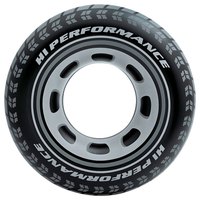
Intex Tyre
3.47 €
-
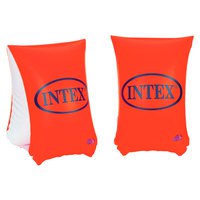
Intex Logo Armbands
2.31 €
-

Zoggs Zoggy Swim Ring Junior Float
10.99 €
-

Zoggs Armbands
19.99 €
-
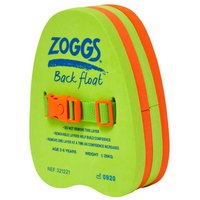
Zoggs Back Float
15.99 €
-

Intex Logo Armbands
1.99 €
-
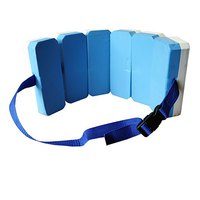
Softee Swimming Learning Belt 6 Elements
7.99 €
-
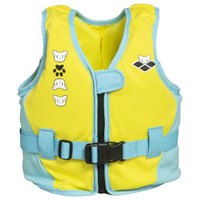
Arena Friends Vest
30.99 €
-
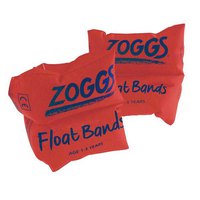
Zoggs Junior Armbands
5.49 €
-

Ology Rol-Lo Armbands
14.99 €
-
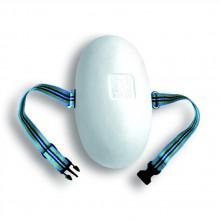
Ology Bubble
10.49 €
-

Zoggs Roll-Up Armbands
7.99 €
-
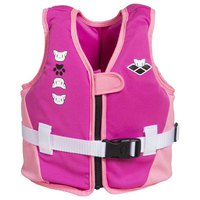
Arena Friends Swim Vest
30.99 €
-

Zoggs Baby Training Seat Float
14.99 €
-

Zoggs Swim-Ring Junior
7.99 €
-
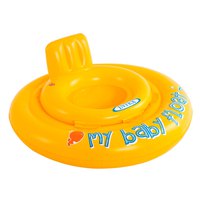
Intex My Baby Float
5.49 €
-
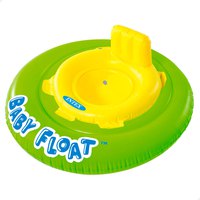
Intex Inflatable Float For Babies
6.99 €
-
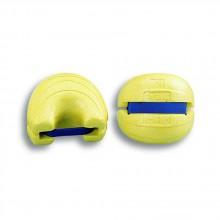
Ology Rol-Lo Armbands
9.49 €
-
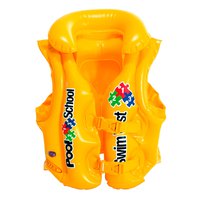
Intex Inflable Vest
3.49 €
-
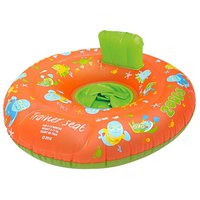
Zoggs Baby Training Seat Float
21.49 €
-

Softee Replacement Strap For Learning Belt
2.49 €
-
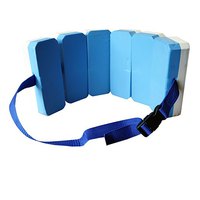
Softee Swimming Learning Belt 5 Elements
5.99 €
-
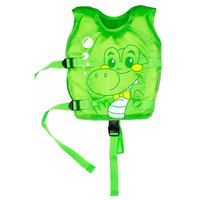
Waimea Swimming Vest
26.99 €
-
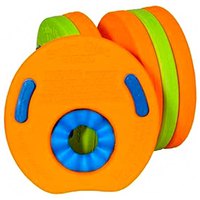
Ology Beco Armbands
36.99 €
-
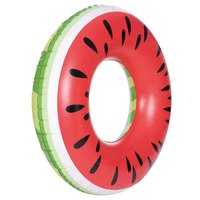
Trespass Watermelon
14.99 €
-
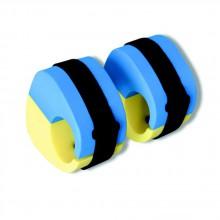
Ology Aquafoam Baby Armbands
13.99 €
-

Softee Swimming Learning Belt
6.49 €
-
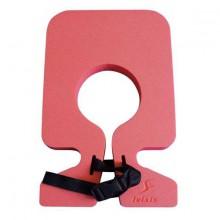
Leisis Flotation Collar
14.49 €
-
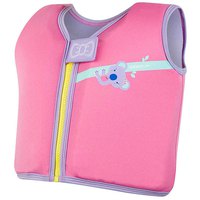
Speedo Koala Printed Vest
58.90 €
-
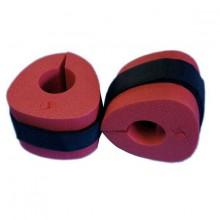
Leisis Foam Armbands
19.99 €
-

Leisis Foam Armbands
18.99 €
-

Speedo Logo Armbands
6.99 €
-
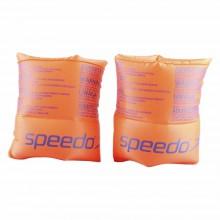
Speedo Roll-Up Armbands
7.49 €
-
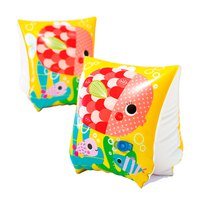
Intex Ocean Armbands
1.49 €
-
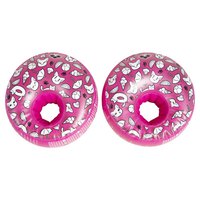
Arena AWT Armbands
19.99 €
-

Arena AWT Soft Armbands
13.49 €
-
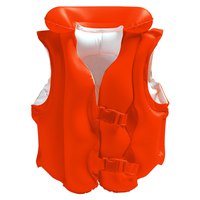
Intex Inflatable With Buckles Vest
5.99 €
-

Waimea Swimming Vest
26.99 €
-
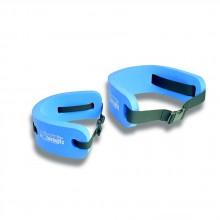
Ology Learning Belt
11.49 €
-

Ology Aquafoam Turtle
9.99 €
-
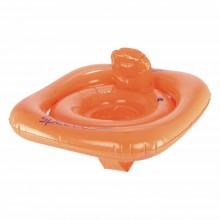
Speedo Seasquad Swim Seat Float
15.99 €
-
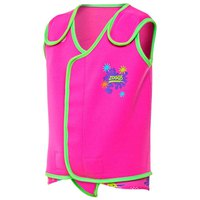
Zoggs Sea Unicorn Baby Wrap Vest
12.99 €
-

Madwave Mad Bubbles Float
9.99 €
-
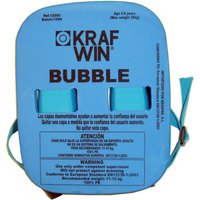
Krafwin Bubbles
7.99 €
-

Intex PoolSchool 1 Float
7.49 €
-

Leisis Dolphin Junior Armbands
38.99 €
-

Ology Aquafoam Crab
10.99 €
-
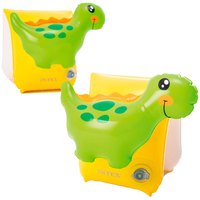
Intex Dinosaur Armbands
1.99 €
-

Waimea Swimming Vest
38.49 €
-

Waimea Hero Swimming Vest
33.99 €
-
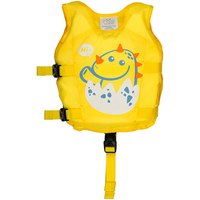
Waimea Animal Swimming Vest
27.49 €
-

Leisis Learning Belt Junior
8.49 €
-

Intex Coloured Donut
5.99 €
-
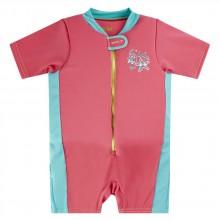
Speedo Sea Squad Floatsuit
21.99 €
-

Waimea Animal Swimming Vest
30.49 €
-
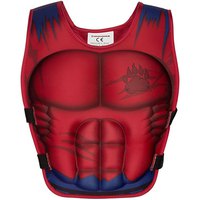
Waimea Hero Swimming Vest
41.99 €
-

Leisis Flotation Collar
14.49 €
-

Waimea Animal Swimming Vest
30.49 €
-

Intex Inflable Vest
16.62 €
-
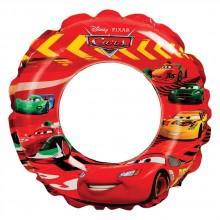
Intex Cars Float
12.53 €
-
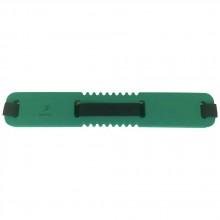
Leisis Learning Belt
11.99 €
-

Leisis Children Belt
11 €
-
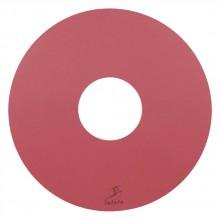
Leisis ing Disc Central Hole Float
58.49 €
-

Speedo Sea Squad Floatsuit
21.99 €
-

Speedo Sea Squad Floatsuit
21.99 €
-

Leisis Foam Armbands
19.99 €
-

Intex Strawberry Donut
4.49 €
-

Softee Senior Swimming Learning Belt
8.99 €
-
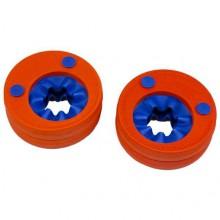
Leisis Dolphin Adult Armbands
44.49 €
-

Speedo Sea Squad Floatsuit
19.99 €
-
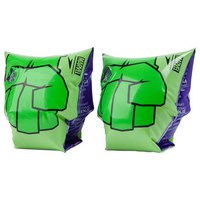
Speedo Disney Armbands
9.99 €
-

Leisis Foam Armbands
19.99 €
-

Softee Adult Swimming Learning Belt
8.99 €
-

Swimtech Swim Junior Frog
66.49 €
-

Softee Foam Armbands
8.99 €
-

Softee Foam Armbands
7.99 €
-

Speedo Croc Floatsuit
79.48 €
-

Leisis Flotation Collar
14.49 €
-
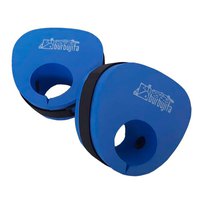
Ology Aquafoam Junior Armbands
17.49 €
-

Leisis Learning Belt
11.99 €
-

Leisis Learning Belt
11.99 €
-

Leisis Learning Belt
11.99 €
-
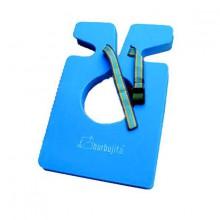
Ology Flotation Collar
10.49 €
-

Leisis Learning Belt Junior
8.49 €
-

Leisis Learning Belt Junior
8.49 €
-
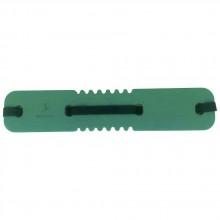
Leisis Learning Belt Junior
8.49 €
-

Waimea Swimming Vest
27.99 €
-

Waimea Swimming Vest
35.49 €
-

Aquasphere Swim Seat
20.49 €
-

Intex PoolSchool 3 Armbands
1.99 €
-

Intex Happy Animal Chair
9.99 €
-

Arena AWT Armbands
22.99 €
-

Speedo Koala Floatsuit
29.49 €
-
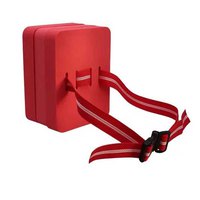
Softee Adult Swimming Learning Belt
8.99 €
-

So Dive 5 Blocks EVA Belt
7.99 €
-
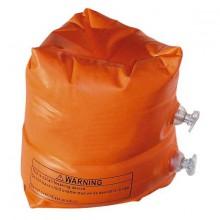
So Dive Roll-Up Armbands
6.49 €
How to choose the best floating material for kids?
Float suits prevent children from sinking. Float suits keep the child safe in the water foam floats on the tummy and back to keep a child above the water.Swimming vests help children to achieve a natural position in the water when they are learning to swim. Swimming vests increase the safety level in the water.
The roll up armband is designed to help to build confidence in a child while swimming. You can buy roll armbands from Intex, Airmyfun, Aquasphere Fluidra, Leisis, and Devessport.
Choosing the best floating material for learning to swim involves prioritizing safety, comfort, buoyancy, and ease of movement. Here are some key factors to consider:
Safety Standards: Ensure that the floating vests meets safety standards and regulations for swim training. Look for certifications from reputable organizations that verify the product´s safety.
Buoyancy and Support: A swim ring should provide enough buoyancy to help the learner stay afloat and gain confidence in the water. Look for products with adjustable buoyancy levels to accommodate different skill levels.
Type of Floating Material: Consider using swim vests or floatation aids specifically designed for learning to swim. Swim vests typically provide more balanced buoyancy and allow the swimmer to practice various strokes.
Adjustability and Fit: Look for floating materials with adjustable straps, buckles, or closures to ensure a secure and comfortable fit. The product should fit snugly but not be too tight or restrictive.
Ease of Movement: The chosen floating material should allow the learner to move their arms and legs freely to practice swimming strokes. Avoid designs that hinder natural movement.
Comfort: Comfort is essential for a positive learning experience. Choose a floating material with soft, non abrasive materials that wont cause discomfort during extended use.
Durability: Opt for products made from durable materials that can withstand regular use in water. Look for reinforced stitching and sturdy construction.
Visibility: Choose brightly colored floating materials that are easy to spot in the water. This helps both the swimmer and any instructors or supervisors keep track of the learners progress.
Ease of Use: The floating material should be easy to put on and take off, even for the learner themselves. Complicated designs can discourage use.
Educational Features: Some floating materials come with built in tools for learning proper swimming techniques, such as strategically placed flotation panels. These features can assist beginners in maintaining the correct body position.
Age and Size: Choose a floating material that is appropriate for the learner´s age and size. Some products are designed specifically for toddlers, while others cater to older children or adults.

























